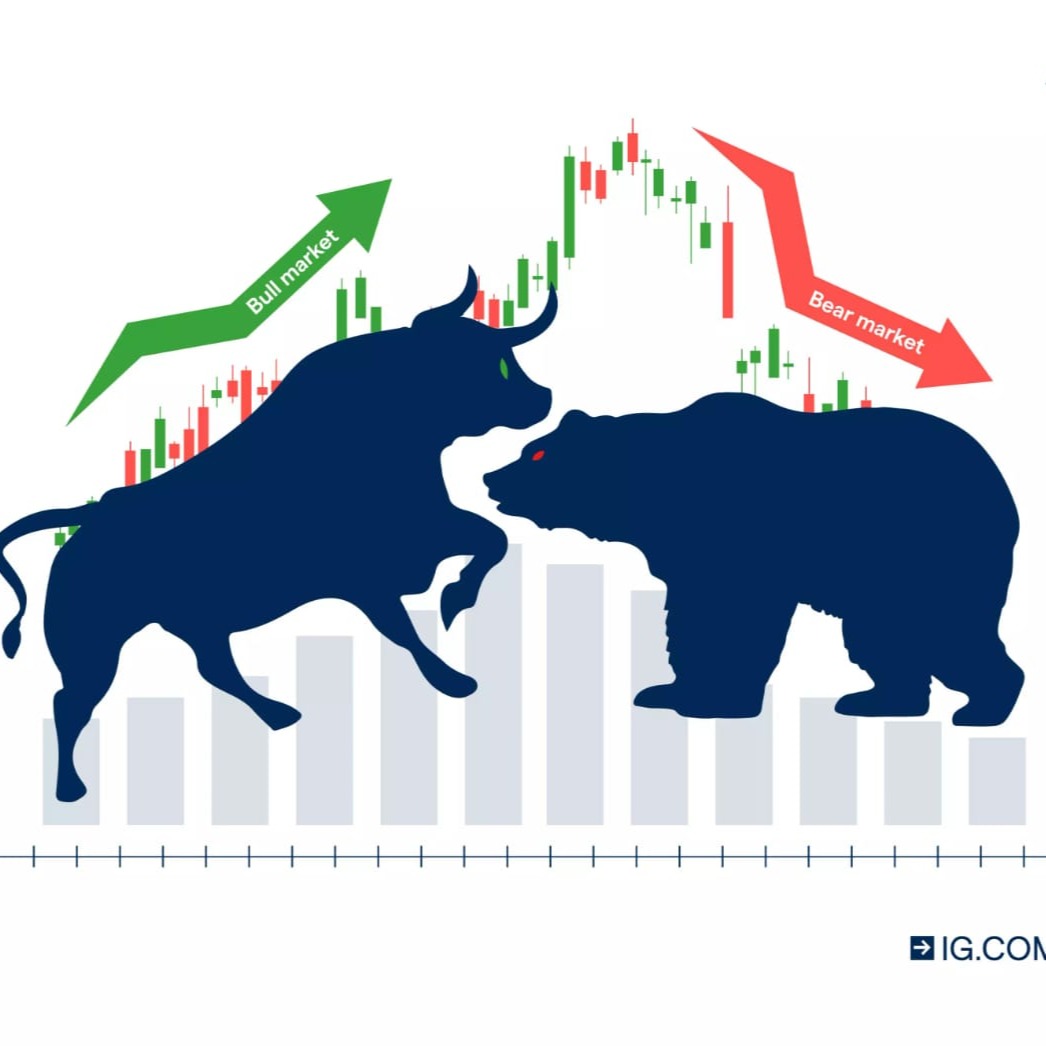
Precio de GasGAS
GAS/USD price calculator
Precio en tiempo real de Gas en USD
¿Crees que el precio de Gas subirá o bajará hoy?
Información del mercado de Gas
Acerca de Gas (GAS)
¿Qué es GAS?
GAS, comúnmente conocido como NEOGas, es un componente integral de la blockchain NEO, una plataforma a menudo apodada como la respuesta china a Ethereum. La red NEO es única en su adopción de un mecanismo dual de tokens, con el objetivo de separar los derechos de gobierno de los derechos de uso de la red. Mientras que NEO representa el aspecto de gobernanza, GAS es el token operativo, que facilita diversas actividades en la red de NEO. Al igual que el concepto de "gas" en la plataforma Ethereum, el GAS en el ecosistema NEO se utiliza para pagar una miríada de operaciones, por lo que es esencial para el buen funcionamiento de la red.
La visión de la red NEO de una "economía inteligente" se sustenta en su sistema de token dual. Con un suministro total de 100 millones, el token NEO permite a sus holders participar en la gobernanza, votando para el Comité Neo, que supervisa las operaciones de la blockchain. Por otro lado, GAS, que se genera con cada bloque procesado, se utiliza para pagar las comisiones de transacción y el despliegue de contratos inteligentes en la red de NEO. Este sistema dual garantiza la descentralización de la gobernanza y la agilidad y eficacia de la red.
Recursos
Documentos oficiales: https://docs.neo.org/docs/en-us/index.html
Página web oficial: https://neo.org/
¿Cómo funciona GAS?
La red de NEO cobra GAS por el funcionamiento y almacenamiento de tokens y contratos inteligentes. Este mecanismo evita el posible abuso de los recursos de los nodos. Las comisiones del sistema recaudadas se queman, lo que garantiza un aspecto deflacionista de GAS. Mientras tanto, las comisiones de la red se redistribuyen entre los nodos de consenso, proporcionándoles un incentivo económico para mantener la integridad y eficiencia de la red.
GAS se produce a un ritmo determinado por la red. Por ejemplo, en cada bloque se generan 5 tokens GAS, que se distribuyen en distintas proporciones. La mayor parte de GAS se entrega a los votantes, recompensándoles por su papel activo en la gobernanza de la red. Este sistema no sólo incentiva la participación, sino que también garantiza que quienes contribuyen a la toma de decisiones de la red sean debidamente recompensados.
¿Qué es el token GAS?
GAS es uno de los dos tokens creados por la Neo Foundation. Su función principal es servir como un token de utilidad para la red de NEO. GAS se utiliza para pagar las comisiones de transacción y el despliegue de contratos inteligentes. A diferencia de NEO, que es indivisible, GAS es divisible, lo que lo hace adecuado para microtransacciones en la red.
Al hacer holding de NEO en monederos específicos, los usuarios pueden ganar GAS como forma de dividendo. Este mecanismo de staking ofrece a los holders de NEO una vía adicional para obtener retornos, lo que hace que el ecosistema de NEO sea atractivo tanto para la participación en la gobernanza como para la generación de ingresos pasivos.
¿Qué determina el precio de GAS?
En el panorama en constante evolución de Web3, el precio de GAS, un token fundamental dentro de la red de NEO, se ve influido por una gran variedad de factores arraigados en la dinámica de la blockchain y las condiciones externas del mercado. En el fondo, como todos los activos, el principio del suministro y la demanda desempeña un papel fundamental en la determinación del precio de GAS. A medida que aumenta la adopción de criptomonedas y la red de NEO gana tracción, la demanda de GAS puede experimentar fluctuaciones significativas. Los gráficos de criptomonedas y los análisis de criptomonedas proporcionan información sobre estos cambios, a menudo destacando el impacto de las últimas noticias, desde los cambios en la regulación de las criptomonedas hasta los últimos desarrollos en el espacio blockchain.
La volatilidad del mercado, una característica distintiva del ámbito de las criptomonedas, complica aún más las predicciones sobre su precio. Factores como los riesgos de las criptomonedas, los problemas de seguridad y las tendencias generales de las criptomonedas pueden provocar oscilaciones de precios repentinas y drásticas. Por ejemplo, si la mejor inversión cripto para 2023 y más allá se promociona como tokens como GAS, podría impulsar un aumento de la demanda, influyendo en su precio. En esencia, mientras que la mecánica intrínseca de la red de NEO y los principios de blockchain guían el valor fundacional de GAS, los factores externos, desde la regulación de la criptomoneda hasta el último rumor en el dominio Web3, determinan su precio de mercado.
Historial del precio de Gas (USD)
 Precio más bajo
Precio más bajo Precio más alto
Precio más alto 
¿Cuál es el precio más alto de Gas?
¿Cuál es el precio más bajo de Gas?
Predicción de precios de Gas
¿Cuándo es un buen momento para comprar GAS? ¿Debo comprar o vender GAS ahora?
¿Cuál será el precio de GAS en 2026?
En 2026, en función de una predicción de la tasa crecimiento anual de +5%, se espera que el precio de Gas (GAS) alcance $1.98; de acuerdo con el precio previsto para este año, el retorno de la inversión acumulado por invertir y mantener Gas hasta finales de 2026 alcanzará +5%. Para obtener más información, consulta: Gas Predicciones de precios para 2025, 2026, 2030–2050.¿Cuál será el precio de GAS en 2030?
Promociones populares
Precios mundiales de Gas
Cómo comprar Gas(GAS)

Crea tu cuenta gratuita en Bitget

Verifica tu cuenta

Convierte GAS a USD
Preguntas frecuentes
¿Cuál es el precio actual de la moneda Gas?
¿Qué factores influyen en el precio de Gas coin?
¿Es Gas coin una buena inversión a su precio actual?
¿Cómo ha cambiado el precio del Gas coin en el último mes?
¿Dónde puedo comprar Gas coin?
¿Cuáles son las predicciones de precios para Gas coin en el próximo año?
¿Hay algún evento próximo que podría afectar el precio del Gas coin?
¿Cómo se compara Gas coin con otras criptomonedas en términos de estabilidad de precios?
¿Cuál es el precio más alto de todos los tiempos de la moneda Gas?
¿Puede el precio de Gas coin volver a sus máximos anteriores?
¿Cuál es el precio actual de Gas?
¿Cuál es el volumen de trading de 24 horas de Gas?
¿Cuál es el máximo histórico de Gas?
¿Puedo comprar Gas en Bitget?
¿Puedo obtener un ingreso estable invirtiendo en Gas?
¿Dónde puedo comprar Gas con la comisión más baja?
Precios de criptomonedas relacionadas
¿Dónde puedo comprar Gas (GAS)?
Sección de video: verificación rápida, trading rápido
GAS/USD price calculator
Recursos de GAS
Etiquetas:
Bitget Insights





Trading
Earn
GAS/USDT
SpotGAS/USDT
MargenGAS/USDT
Futuros USDT-M






